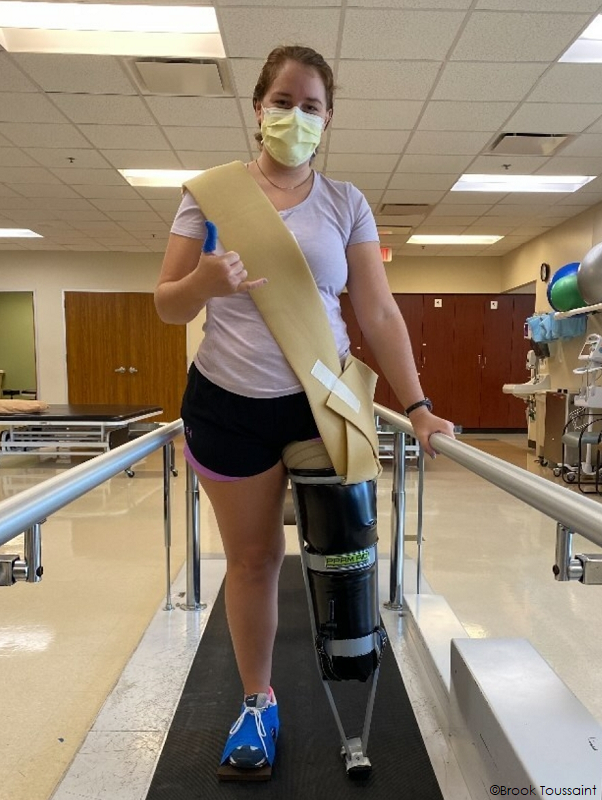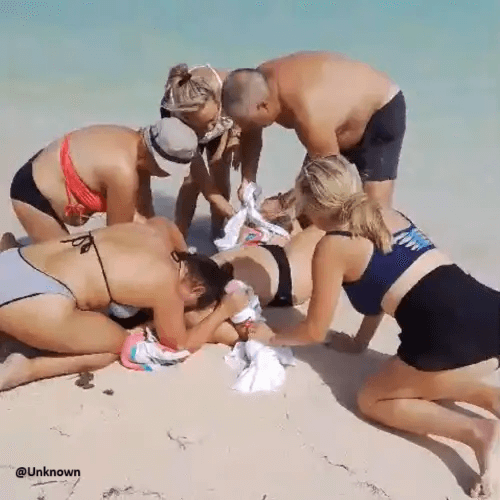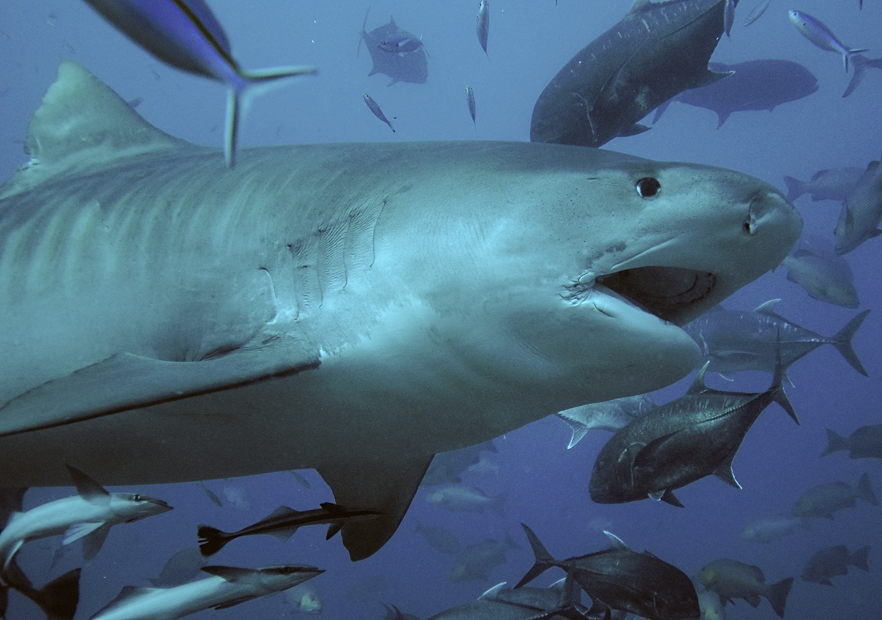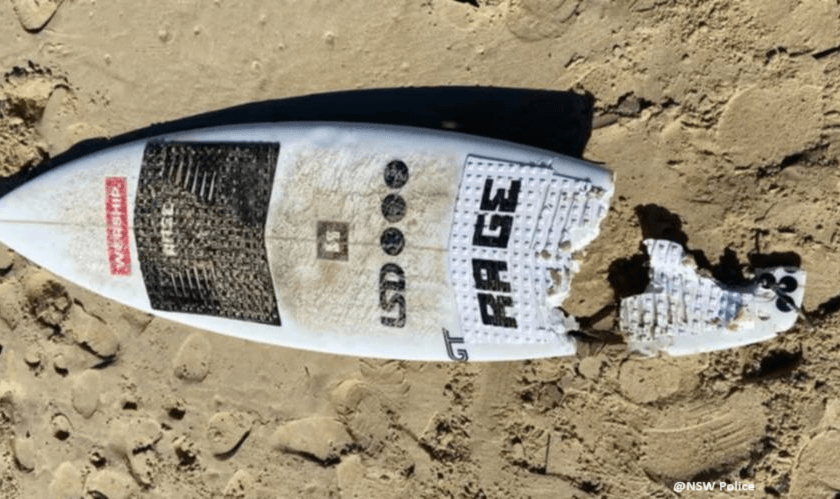Updated Jan. 18.
Brook Toussaint, 26, is fighting to keep her leg after being bitten in a rare shark attack in St. Kitts in the Caribbean.

The Ross University of Veterinary Medicine student was with a group of students participating in a 3-mile kayak, paddleboard and swim from St. Kitts to Booby Island.
Between 9 to 10 a.m. on Jan. 9, the group was in the midst of their Saturday swim when the Texas native was bitten on the right leg below the knee.
Interview with Brook Toussaint
An emergency call was placed, and the St. Kitts and Nevis Coast Guard was dispatched to collect two young women.
They were transported back to the mainland and the severely injured Texas nataive was taken to the Alexandra Hospital in Charleston for emergency surgery.
Toussaint was transported to the JN France Hospital in St. Kitts and later flown back to the United States.
Unfortunately, there was no pulse in her lower leg and it was amputated above the knee.
A GoFundMe page has been created to help with medical bills.
It is possible a second student suffered injury during the incident but has not been confirmed at this point.
Initial reports indicate a tiger shark was involved and DNA swabs were taken in hopes of confirming the species involved.
Another fatal shark attack occurred in December, 50 miles south, in the same area.
Booby island is around 65 miles south of St. Martin where a French tourist lost her life in a shark attack in 2020.
An unidentified 38-year-old was swimming about 500 feet off Orient Beach Dec. 10. Just before 2 p.m. the woman’s friend and several others on the beach heard screams.
A Good Samaritan and an unidentified kitesurfing instructor grabbed a boat to assist the woman. The two pulled the woman from the water and carried her back to shore. Unfortunately, the woman passed away and was reported to have lost a leg.
Autopsy results indicate an estimated 9- to 13-foot tiger shark was involved in the incident.
While shark attacks are rare in the islands, there are some tips to help avoid a negative encounter.
Those include staying in groups, not swimming in deep murky water or near deep water channels, using beaches where lifeguards are present and not wearing shiny jewelry while swimming.
Both locations have been marked on the 2021 Shark Attack Map.



